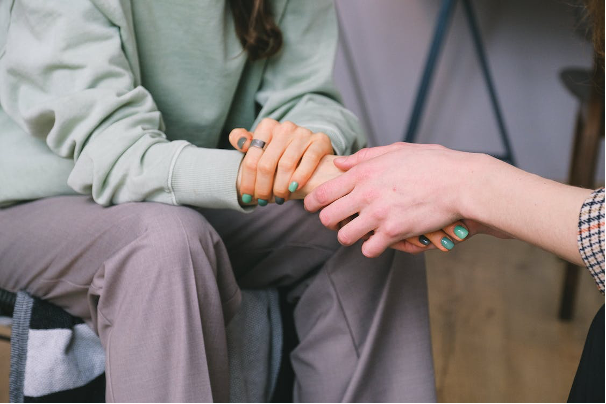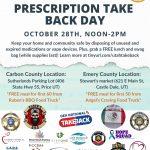By Michelle Ward
WHAT IS HARM REDUCTION? Harm reduction is exactly what it sounds like: reducing the harm associated with using substances. Harm reduction refers to policies, programs and practices that aim to minimize the negative health, social, and legal impacts associated with substance use, drug policies, and drug laws. Harm reduction is grounded in justice and human rights. It focuses on positive change and working with people without judgement, coercion, discrimination, or requiring that people stop using substances as a precondition of support. Harm reduction is an approach that promotes health in a way that meets people where they are at.
WHAT PROBLEMS DOES HARM REDUCTION TRY TO SOLVE? The primary goal of harm reduction is to save lives and protect the health of both people who use substances and their communities. According to the National Institute on Drug Abuse (NIDA), those who use substances are more likely to have HIV/AIDS, hepatitis B and C, mental health disorders, and chronic conditions (e.g., cancer, lung disease). Other harm reduction objectives include decreasing the stigma associated with substance use disorder (SUD) or addiction, increasing education on safer substance use, encouraging protected sex, and connecting people who use substances so they do not experience an accidental overdose alone.
WHAT DOES HARM REDUCTION LOOK LIKE IN PRACTICE? Some examples of harm reduction happening in Southeast Utah include, but are not limited to: Syringe Service Programs (SSP), overdose prevention and reversal, Fentanyl and Xylazine test strips, Naloxone kits and training on how to administer Naloxone (NARCAN), hygiene care and oral care kits, education on importance of practicing safe sex and prevention of STD/STI’s (condoms and lube), sterile injection or smoking equipment, and free HIV/HCV rapid testing (results in 20 minutes).
DOES HARM REDUCTION ENCOURAGE PEOPLE TO USE SUBSTANCES? That’s a common misconception, says Travis Rieder, PhD, MA, an associate research professor at the Johns Hopkins Berman Institute of Bioethics. “Opponents sometimes argue that giving people sterile syringes, clean pipes, naloxone, a space to use drugs under supervision, etc., incentivizes drug use or leads to drug use,” he said. “But people are going to use drugs whether they have these resources or not, and so withholding them doesn’t prevent that use; it just makes it more dangerous. Making an activity more dangerous doesn’t stop people who are committed to engaging in that activity; it just hurts and kills more of them.” Thus, harm reduction helps save lives while keeping communities healthy and safe.
WHERE CAN I GET SIGNED UP IN SOUTHEAST UTAH? Contact Michelle at the Southeast Utah Health Department. Services are available in Carbon and Emery counties. Call either her office at (435) 636-1157 or her cell phone at (435) 609-0807. All services are offered in office or mobile. No appointment is needed.
WHAT IF I WANT TO MAKE MY HOME AND COMMUNITY SAFER NOW? A great way to keep your home and community safe is to prevent medications or other substances from being used by those they are not prescribed or intended for. On Oct. 28, you can come to a Carbon or Emery Take Back Day location near you and dispose of unwanted, expired, or unneeded prescriptions, over the counter medicines (including liquids), or vape devices (without the batteries) anonymously. Visit tinyurl.com/utahtakeback for more information, and join us from noon to 2 p.m., grab a bite to eat from a local food truck for FREE and pick up a swag bag (while supplies last).
Source:
What is Harm Reduction, Johns Hopkins (2022): https://publichealth.jhu.edu/2022/what-is-harm-reduction?fbclid=IwAR13e4p85RnPjwzeDRjL3bPe9pnZEf0rBiHBNBsm6iZEDz11R9FlTWPSJgY


